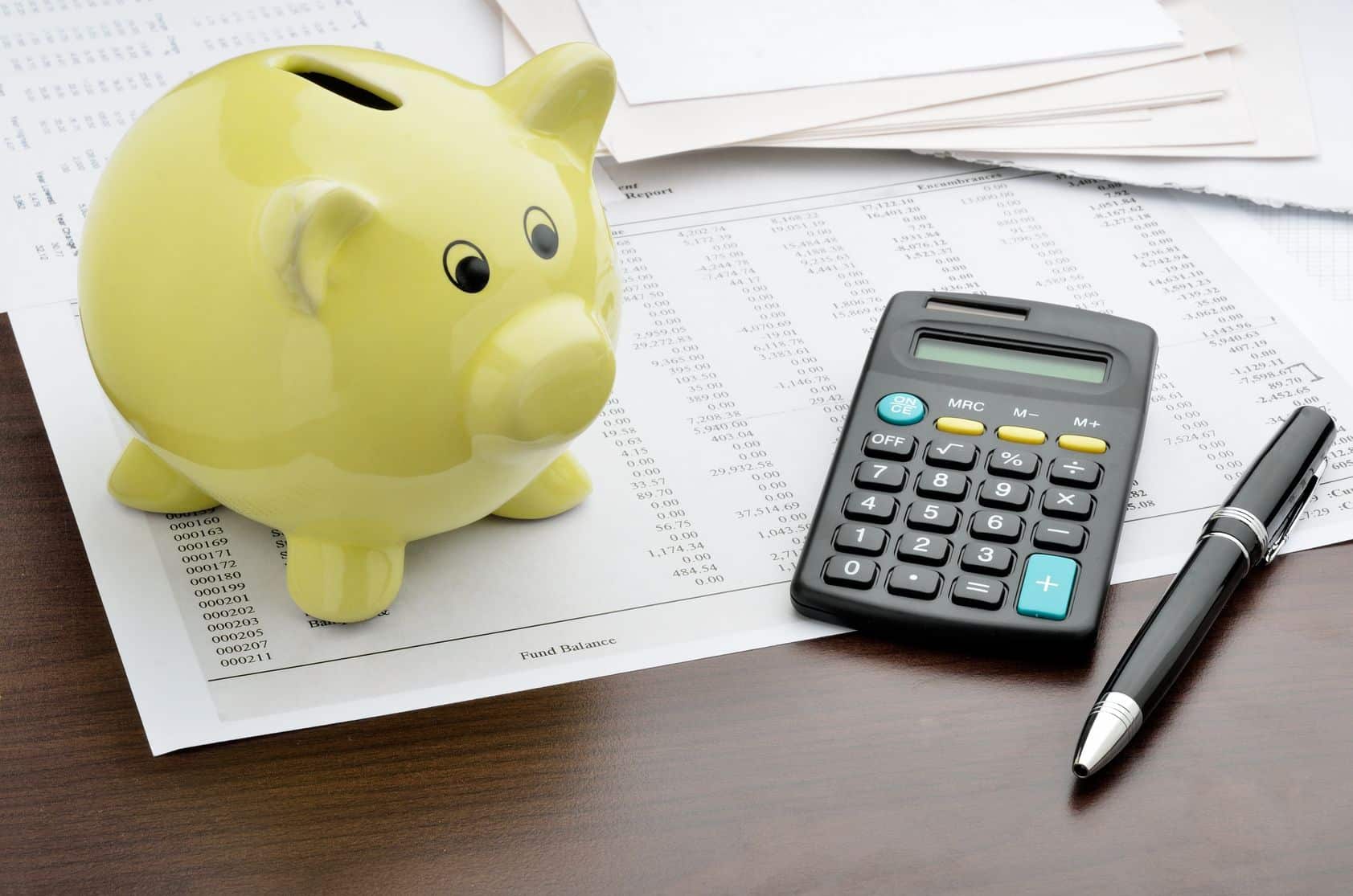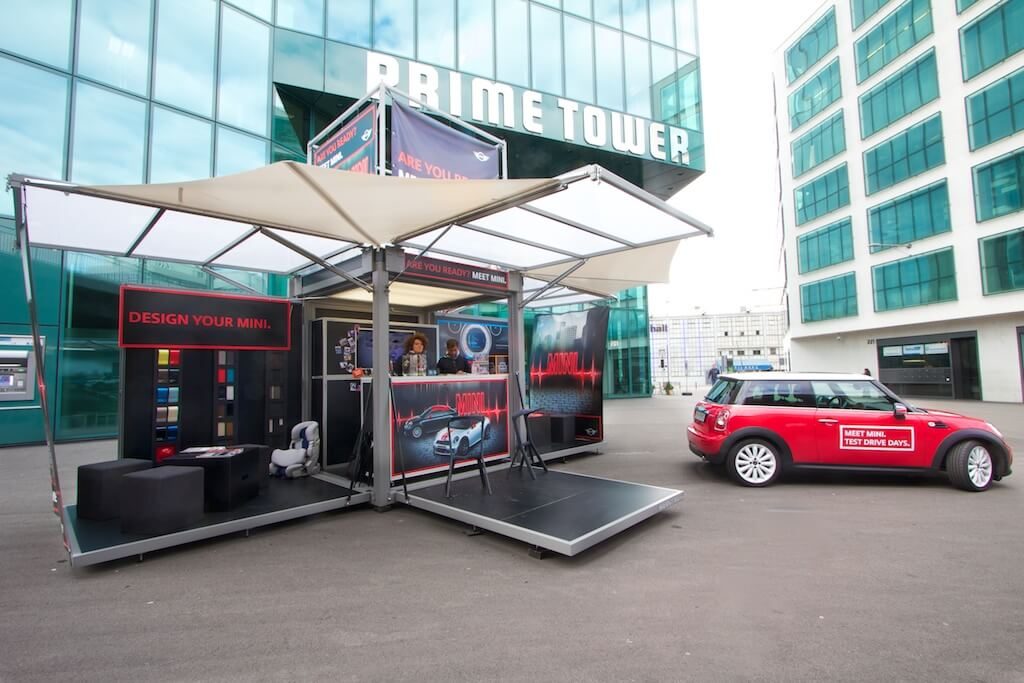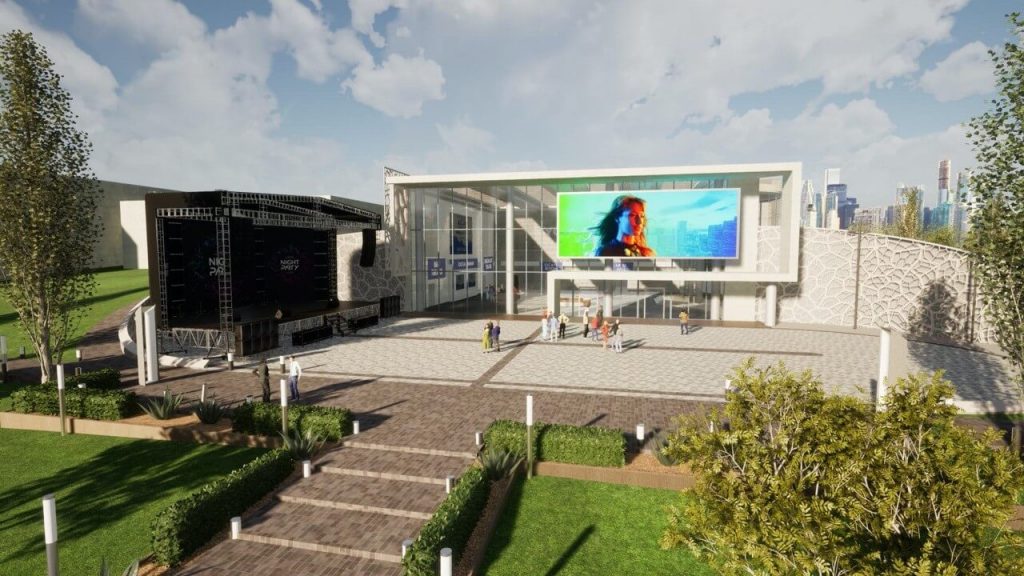The guests have left the venue; the vendors have packed up their things; exhibitors have broken down their booths; and you’ve take a needed, much-deserved day off. But now that the event is over, it’s time to take stock and determine just how successful it was. Writing up a post event report is an important part of this process—but what information should that all-important event summary include?
What Is a Post Event Report?
A post event report, or event summary, is a document that collects and summarizes all the data generated by an event. It’s generally written by the event organizer, with input from their event team. Once the report is complete, it’s distributed to stakeholders. Depending on the event, this might include the event’s host organization, shareholders, sponsors, speakers, and other individuals or organizations.
Event summaries typically include data and insights relating to attendance figures and demographics, as well as attendee behavior. They also summarize financial data, including expenses and revenue.
Why You Need a Post Event Report
Post event reports have a variety of functions. They:
- Measure KPIs and event objectives to determine whether the event was a success.
- Determine exactly what elements of the event worked and what elements didn’t.
- Define what, if any, best-practices should be changed to improve outcomes for the next event.
- Identify any other areas of improvement.
- Make recommendations for future events.
- Prove ROI to the host organization, sponsors, and other stakeholders.
In other words, a post event report is where you summarize the event: what went right, what went wrong, and actionable insights on how the next event can be improved. This is useful information for its own sake, but it’s also an important way to prove to stakeholders that the event has value and is worth the continued investment. A post event summary also proves your worth, as event organizer and team leader.
Post Event Report Writing Tips
To write an effective event summary, it’s important to stay well-organized throughout the planning process. Take notes when planning and when running the event as it happens, to remind your future self of key decisions and incidents as they happen.
This not only helps you write a comprehensive report—it also helps you write a timely report. Ideally, a post event report should be completed and made available within 48 hours of the event. That doesn’t give you a lot of time, so being well-prepared is essential.
What to Include in a Post Event Report
There’s no single right way to format a post event report, as the required format can differ depending on the type of event you’re reporting on. However, there are certain elements that should always be included in any comprehensive event summary.
1. Executive Event Summary
The first page of the report is the executive summary. This one-page summary lists the key objectives, metrics, valuable insights, and recommendations that are discussed in more detail in the report itself.
2. Introduction
Any event summary should start off with an introduction. This is where you provide a few essential details about the event:
- The name of the event
- The location
- The time and date
- The number of attendees or participants
- The purpose of the event
The report introduction can be written in the form of a paragraph, or you can use bullet points if you prefer.
Example: The Springfield Conservation Society Charity Auction was held on June 8, 2022 from 2 PM to 5 PM at the Springfield Community Center. The event was attended by 683 ticketholders, 2 event staff, and 12 volunteers.
The next paragraph of the post event report should summarize the purpose of the event. This is the statement of purpose and should include any specific event goals, as well as the overall reason for the event. This section can be written as a narrative paragraph, or if you have multiple event goals to mention, bullet points can be used.
Example: The purpose of EVENT NAME was to raise funds for a local conservation group and engage and educate the community. Our goal was to raise $10,000 for the Springfield Conservation Society by auctioning items donated by local businesses and community leaders.
Or:
The purpose of the event was to raise funds for a local conservation group. Our goals were to:
- Auction donations from local businesses and community leaders
- Raise $10,000 for the Springfield Conservation Society
- Educate the community on local conservation efforts
Setting Event Goals & Objectives
2. Budget and Expenses
The next section should provide information about the event budget, expenses, and revenue. What was the event budget, and how much was actually spent? Were there any unexpected expenses, and if so, why? This kind of information is important because it can help you predict expenses for future events more accurately.
Note that while accuracy is important, it’s not necessary to itemize every little expense and line item in an event summary. Providing too much detail will just add clutter that detracts from the main points. If a full budget is needed, add this as an appendix to the main document instead.

Build a Corporate Event Budget
3. Audience Metrics
In the next section you’ll discuss the event attendees. How many people registered or bought tickets? If you have any demographic information about your audience, this is the place to include those details. Depending on the event, you may have only a little attendee information, or you may have a lot of data about attendee demographics and their event behavior. Whatever you have, this is the place to summarize that information.
Depending on the event, that might include:
- Registration numbers
- Ticket sales, including early-bird sales and door sales
- Staff and volunteer numbers
- Speaker/presenter numbers
- Attendee demographic information
- Attendee behavior data – This might mean session attendance figures, booth visitors, social media engagement, and sponsor interactions, among other data.
- Attendee survey results, if applicable
Know Your Audience
4. Event Content Review
Again, this section will look different depending on the kind of event you’re reporting on. It should include a summary of the event content provided, and an overview of how the event agenda was rolled out and received. For instance:
- Numbers of sessions for a conference or booth numbers for a trade show
- The most popular sessions/sessions/booths and those that garnered the most attendee engagement
- Any delays or cancelations that affected the event schedule – If there were delays or cancelations, how were they dealt with? How might those issues be prevented or better managed in future?
- Attendee post-event survey answers, as a measure of how well the event was received and the value attendees placed on event content
5. Logistics Review
This section of the event summary is for evaluating logistical aspects of the event. For all events this will include an evaluation of the event venue. Depending on the event, it may also include other elements, such as accommodation, vendors, and other logistical elements.
For each element under review, consider the following:
- Why was that particular element chosen for this event? For instance, was the venue chosen for its size, location, facilities, or some other reason?
- How well did that element meet the needs of the event? Was there any element left out that should have been considered? For instance, was the venue the right size, was it easy to find, and were the facilities fit for your purposes?
- If that element didn’t meet the event’s needs, why not? What could be improved on for future events?
6. Marketing Review
In this section, list the channels used for marketing the event and evaluate the success of each. For instance, this might include:
- An event website
- Social media accounts
- Paid social media advertising
- Radio or TV spots
- Local newspaper ads
For each marketing channel, use whatever analytics tools you have to evaluate their success and determine which channels were most effective. For web-based advertising, for instance, you’ll look at social media metrics, Google Analytics, and other web tools to evaluate those channels. Make sure to evaluate data from the lead-up to the event and during the event.
As well as this, summarize any media coverage of the event. Include publication details, provide web links where applicable, and highlight the most positive coverage.
7. Sponsorship Review
List the event sponsors, and include details about the sponsorship packages offered and the value that sponsors provided in exchange. Assess the popularity of each sponsor and their level of attendee interaction/engagement. Are those sponsors worth inviting back for future events, or do you recommend finding new ones?
Get Sponsors for Your Event
8. Conclusion
In this final section, you’ll provide a final concluding assessment of the success of the event. You’ll also provide a summary of all recommendations made elsewhere in the report. Include any and all recommendations, even if you’ve mentioned them in other parts of the report.
The Post Event Report Is an Essential Part of the Wrap-Up Process
Writing the post event report doesn’t happen until after the event is over, but it’s an essential part of the event. Having that report in hand helps you and other stakeholders feel confident when making key decisions about future events.
Writing a post event report can seem like an intimidating task, but it doesn’t have to be. Take a step-by-step approach, and make sure to include all the most important information about the event, and your event summary will impress all the right people.









